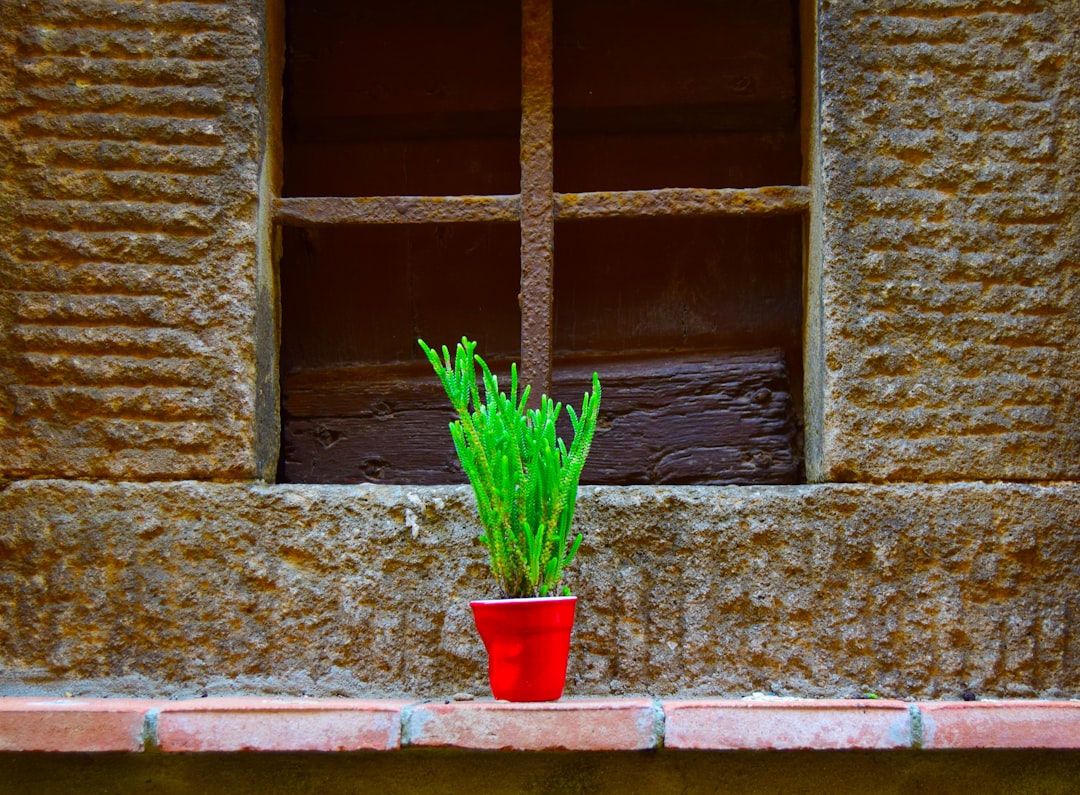Unleash the Flavors: Indoor Cilantro Cultivation and Harvesting

Embarking on the journey of growing cilantro indoors is a rewarding endeavor that brings the vibrant flavors of this herb right to your kitchen. In this comprehensive guide, we'll explore the step - by - step process of cultivating cilantro indoors and the best methods to harvest it for your culinary creations.
### Why Grow Cilantro Indoors?
Cilantro, also known as coriander in some parts of the world, is a staple in many cuisines, including Mexican, Indian, and Thai. Growing it indoors offers several advantages. Firstly, it allows you to have a fresh supply of cilantro year - round, regardless of the outdoor weather conditions. Secondly, indoor cultivation gives you more control over the growing environment, reducing the risk of pests and diseases that can often plague outdoor plants. Additionally, having cilantro at your fingertips means you can add its distinct, citrusy flavor to your dishes whenever inspiration strikes.
### Step 1: Selecting the Right Seeds
The first step in growing cilantro indoors is choosing high - quality seeds. Look for seeds from a reputable supplier. You can find cilantro seeds at your local garden center or order them online. Opt for organic seeds if possible, as they are free from synthetic pesticides and fertilizers.
### Step 2: Preparing the Containers
Select a container that is at least 6 - 8 inches deep. Cilantro has a relatively long taproot, so a deeper container will allow the roots to grow properly. Make sure the container has drainage holes at the bottom to prevent waterlogging. You can use plastic, ceramic, or terracotta pots. Line the bottom of the pot with a layer of small stones or broken pottery shards to improve drainage. Fill the container with a well - draining potting mix. A good potting mix for cilantro should be rich in organic matter and have a slightly acidic to neutral pH (around 6.2 - 6.8).
### Step 3: Sowing the Seeds
Moisten the potting mix before sowing the seeds. Sprinkle the cilantro seeds evenly over the surface of the soil. Cover the seeds with a thin layer of soil, about 1/4 inch deep. Gently press the soil down to ensure good seed - to - soil contact. Water the seeds gently using a watering can with a fine rose attachment to avoid disturbing the seeds. Place the container in a warm, sunny location. Cilantro prefers bright, indirect sunlight. A south - facing window is usually a good spot, but if you don't have enough natural light, you can use grow lights.
### Step 4: Watering and Care
Keep the soil consistently moist but not waterlogged. Check the soil moisture daily by sticking your finger about an inch into the soil. If it feels dry, it's time to water. Water the cilantro at the base of the plant to avoid getting the leaves wet, which can lead to fungal diseases. Fertilize the cilantro every 2 - 3 weeks with a balanced, water - soluble fertilizer. Follow the instructions on the fertilizer package for the correct dosage.
### Step 5: Thinning the Seedlings
Once the cilantro seedlings have emerged and are about 2 - 3 inches tall, it's time to thin them out. Thin the seedlings to about 2 - 3 inches apart. This will give the remaining plants enough space to grow and develop properly. You can use the thinned seedlings in your cooking if they are large enough.
### Step 6: Harvesting Cilantro
Cilantro can be harvested once the plants are about 6 - 8 inches tall. The best time to harvest cilantro is in the morning when the flavors are most concentrated. To harvest, use a sharp pair of scissors or pruning shears. Cut the outer leaves of the plant, leaving the inner leaves to continue growing. You can harvest the entire plant if you need a large amount of cilantro, but for a continuous supply, it's better to harvest the leaves as needed. If you want to harvest the cilantro seeds (coriander seeds), allow the plant to flower and go to seed. The seeds will turn brown when they are ripe. Cut the seed heads and place them in a paper bag. Hang the bag upside down in a dry, well - ventilated area. The seeds will fall into the bag as they dry.
### Tips for Success
Rotate the container every few days to ensure even growth. If the cilantro starts to bolt (produce flowers and go to seed prematurely), it may be due to high temperatures or long days. Move the plant to a cooler location or provide some shade during the hottest part of the day. Keep an eye out for pests such as aphids and spider mites. If you notice any pests, you can use an organic insecticidal soap to control them.
In conclusion, growing cilantro indoors is a simple and enjoyable way to add fresh, flavorful herbs to your cooking. By following these step - by - step instructions, you can have a bountiful supply of cilantro right in your own home. So, roll up your sleeves, get your gardening tools ready, and start growing cilantro today!